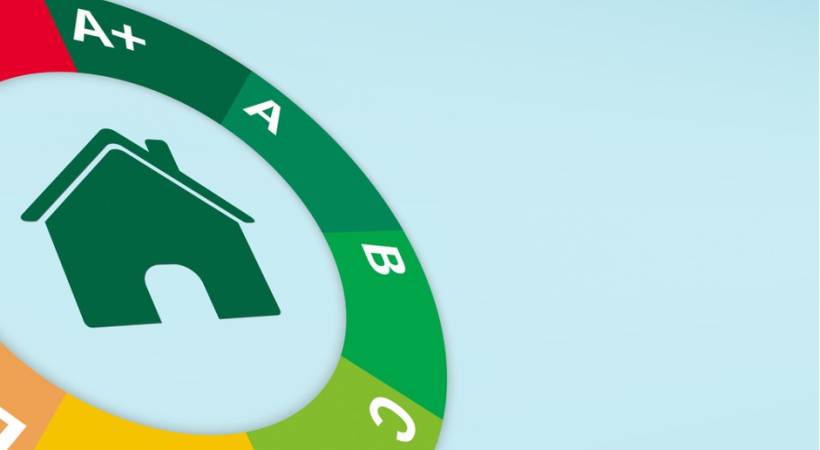How to Revive a Stale or Dead Blog

There are many reasons to run a blog and give it priority in your busy schedule, but it’s not uncommon for blogs to die down or lose momentum over time. If you have a blog that used to be active and energetic, but faded away and could use a revival, we’ve got some tips for you that will help bring energy and life back into your blog.
Tips to Inject Energy Back into Your Blog
Before doing anything, ask yourself two basic questions to determine if your blog needs reviving, and to chart the way forward:
a). What’s the Inspiration for the Blog?
When planning to revive a dying or dead blog, it’s important to revisit its origin. What originally inspired you to create this blog? The effort it takes to bring a blog back to life can seem futile if you don’t remind yourself why it came to be in the first place.
Are you hoping to promote or enrich a professional brand? If so, revisit your marketing strategies and refresh your game plan to get maximum return for your work. If you’re using your blog as a way to help give yourself a creative outlet and motivate yourself to keep up with a project, take a look at the purpose of the project.
Why does the blog hold value to you? Why do you want to share it with the world? Tap into whatever inspired you to originally create your blog, and rekindle those flames in order to bring it back with renewed vigor.
b). Why Did the Blog Go Quiet?
The next thing that will help you get your thoughts in order so you can revive your blog is identifying what roadblocks popped up in the past. There are plenty of very real and valid reasons for a blog to fade, such as a new job, a heavier student workload, or family obligations. Countless life changes and situational circumstances can pop up that will use the majority of your time and energy, leaving little left for running a blog.
These reasons are perfectly understandable, but it’s important to distinguish between a change in circumstances and a change in habits. Was the reason your blog died down a one-time thing, or was it something more to do with a lack of motivation or inspiration?
If your blog faded because of a recurring theme such as procrastination or burning out, make a note of this and take steps to make sure that won’t repeat itself in the future.
Steps to Revive a Stale Blog
Now prepare to do the actual work of revving your blog as this can make or break your success and ability to enjoy what you're doing.

Here are some steps to take when revving, re-launching your blog:
1. Perform a Visual Update
An important thing to consider while reviving a blog is its visual appeal. People are more likely to take interest if they can see that some fresh changes have been made to the look and feel of the pages. You don't need to go all out and change your web host—a simple change in typefaces, color scheme, or layout will definitely help.
A cheerful new author picture or header image will give your blog a jump start in its revival as well. Basically, your goal in changing up the look of your blog is to show your readers that you're back with renewed enthusiasm. Sprucing things up will demonstrate that you're now more active on your blog than before, and help to both draw in new readers and delight those that have already stayed loyal.
2. Prepare a Blogging Calendar or Schedule
After giving your blog a nice facelift, it's time to lay out your schedule for your upcoming blog posts. One of the best ways to ensure you'll remain at the top of your game and keep those blog posts coming for your readers is to stay organized. By setting up your blog calendar in advance, you will be on top of your blog and able to maintain a pleasant consistency in the way you post.
The first step here is to take a look at the kind of content that you're blogging about, and base your blogging frequency around that. Decide the minimum number of posts per week or month that you'll be comfortable with holding yourself to, and mark those days down on your calendar. Pick your individual topics for future posts, and write them down on the schedule ahead of time so that you'll be able to keep them at the back of your mind and be prepared for them.
Contemplate whether you'd like to tie your posts in with current events or go with content that is more evergreen, and take this into consideration when picking dates for your blog topics. After laying out your blogging schedule a few months in advance, pencil yourself in for the next blog planning session. By organizing and scheduling your own personal blog calendar, you'll be able to alleviate the risk of scrambling for a topic right before a deadline.
3. Write Ten Posts in Advance
Before you begin publishing your first couple of posts and promising your readers more, build up an arsenal of pre-written blog posts so that you're ready ahead of schedule. A great rule of thumb is to write the first ten blog posts that you'll need before you even publish your first one. It's important to keep some ready-written content on hand so that you'll have a cushion for your schedule and be easily able to update with consistency once your blog starts to regain your readers’ interest.

4. Tell the World You're Back
Once you've spruced up your blog, gotten the first ten posts written up, and organized your blogging schedule, it's time to let people know about all the good content you've got in the works. Perhaps you could take a few tips from creative marketing campaigns that companies are doing to promote their own sites. Make a list of any social media platforms or forums where you're active, especially those related to the subject of your blog, and make some posts to let them know your blog is back up and running.
If you're excited about getting your blog growth going with a fresh restart, then don't hesitate mentioning it in any Facebook groups, forum threads, or other online communities that you might be involved in. If you can post about your revived blog in a place that features similar interests to those that you blog about, then you'll be more likely to gain new and enthusiastic members of your online audience.
5. Consider Inviting Guest Writers
Sometimes it can start to feel mundane or tiring to do all of the content generation for your blog posts by yourself. On top of this, if you wind up feeling a resurgence of the same lack of inspiration that made your blog die down in the first place, your writing tone might wind up losing some of its shine. If you're worried about this happening, it might benefit you to invite some other people in to write some guest posts. If you can acquire several posts from other people who have agreed to be featured on your blog, then you'll have something to fall back on if you hit a lull in inspiration. In addition, you'll have a great way to add some fresh interest to your blog and shake things up a bit to keep your readers all the more interested.
Have Fun With It!
There are lots of tips and tricks that go into reviving a blog. But at the end of the day, one of the most important things to keep in mind is that running a blog is something that should be enjoyed. Embrace the revival of your blog, and really open yourself up to the idea of just having fun with it.
Express yourself within your posts, write what you really want to write, and let your authenticity shine. Take heart in knowing that you're sharing a fresh, new point of view with the world, and don't hesitate to engage with your readers. Take the time to enjoy comments that you get from your blog's audience, and don't forget to just have a good time!
Read Also: 10 Key Ingredients for Successful Blogging [Infographic].
Related: How to Attract Maximum Eyeballs for Your Blog Content.








![6 Content Creation Ideas for Aspiring Student Influencers [node:title]](/sites/default/files/styles/front_featured__front_/public/smiley%20woman%20with%20ring%20light%20content%20creator%20influencing%20ideas.jpeg?itok=xZW21mJh)
![The Jobs Artificial Intelligence Will Take Over First [node:title]](/sites/default/files/styles/front_featured__front_/public/adult-person-interacting-with-futuristic-delivery-robot-jobs-ai-will-take-over.jpeg?itok=EeXB8aVo)



























